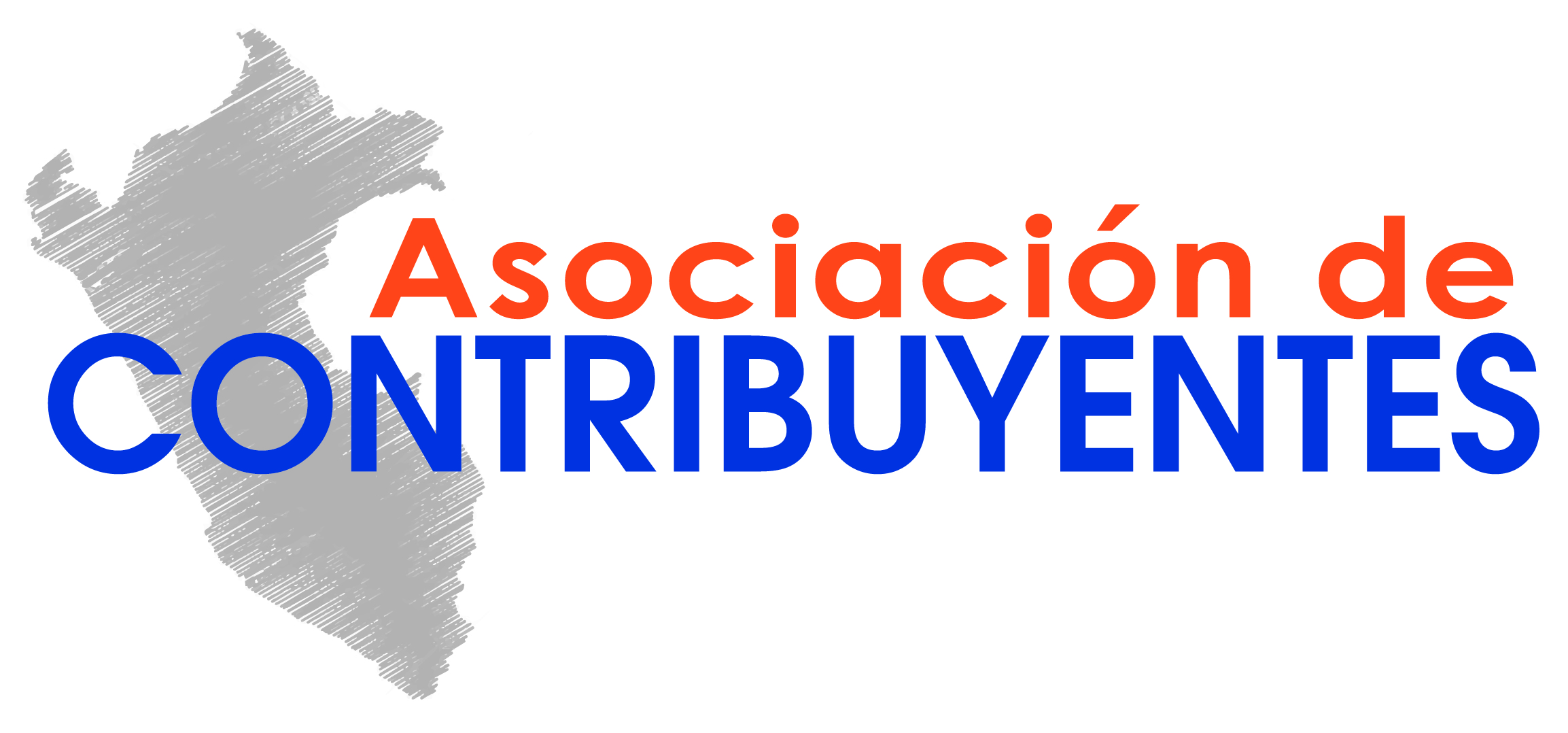Targeting Foundation Prospects in 7 Steps
by Ann C. Fitzgerald and DAVID MCLAUGHLIN
The first step in successful fundraising is identifying prospects. When it comes to grantmaking foundations, nonprofits tend to have an overabundance of prospects, but a dearth of strategic steps. In order to create the best strategies to solicit foundations, begin with a strong research plan.
- Assemble your tools. FoundationSearch and Foundation Directory Online are two fee-based options that make foundation research much simpler. If you are on a tight budget, visit foundationcenter.org/find-us. Here you will see the locations of Foundation Center offices, as well as libraries and universities where you can get free access to Foundation Directory. Free resources such as Guidestar and the Grantsmanship Center provide access to the foundations’ tax returns (Form 990-PF), grant writing tips and funders by state.
- Know your organization. This may seem obvious, but it’s a critical step. In some organizations, the development and program staffs are less integrated. Fundraisers must understand their nonprofit’s mission and vision, as well as the priority projects that require funding.
- Identify your competitors and who funds them. Competing nonprofits often lead you to foundation prospects. Using the databases mentioned above, review the foundations that are supporting your competitors.
- Compile basic information to aid in decision-making. To determine if you have identified a good prospect, weigh several factors such as the foundation’s giving interests, its grants to like-minded groups, its giving restrictions and its board members.
- Take your list and cut it down. That’s right. Hone the list so that you are targeting your top five to ten best foundation prospects. Success with foundations is not about volume. It’s about carefully matching your mission to the foundation’s philanthropic interests and beginning a conversation.
- Create detailed profiles for top prospects: Focusing on your five to ten prospects, flesh out a detailed profile including the foundation’s contacts, history, grants and deadlines. Consider calling a friendly competing nonprofit that receives a grant to get additional insights.
- Map out the strategic steps. If you’ve done your homework, you are ready to approach the foundation. In some cases, the first step is to submit a short letter of inquiry. Ideally, you can take a more personal approach through a call or meeting. Your objective is to learn more about the interests of the foundation and lay the groundwork for submitting a proposal.
With a little time, patience and focused activity, foundations can become an important, long-term source of revenue for your nonprofit organization.
If you would like assistance in identifying foundation prospects, please contact us.















































